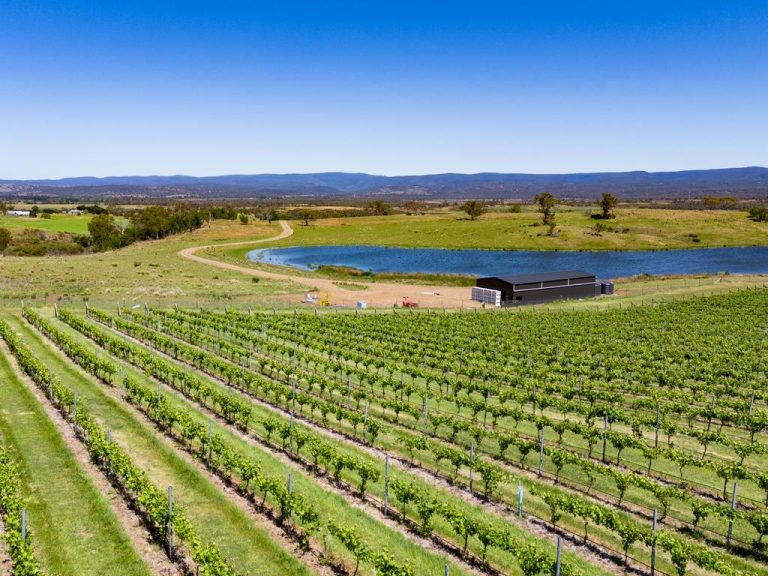Small business driving Canberra property market

The ACT is home to the Federal Government and thousands of public servants. What impact does this have on the Canberra property market?
The most talked about Federal Budget in years generated a blizzard of headlines but the one that stood out most for people in the ACT was a cut of some 16,500 public servants jobs.
While not all of the lost positions will be in Canberra, it is still an eye watering number in a city of 300,000 people and it’s creating some nervousness among ACT property owners.
Budgets and the impact on property
I asked Andrew Smith, Director at Ray White Commercial, what impacts the budget announcements from Capital Hill were likely to have on the ACT commercial property market.
“Very little in my opinion,” Smith says. “Government leasing has been extremely slow for six years, so it will just be a continuation of that.
“Government tenant enquiry is practically non-existent and this market has been extremely shallow since the change in government in 2007. Nearly all departments are staying in their current buildings or contracting in size.”
Government leasing has been extremely slow for six years, so it will just be a continuation of that.
With no net demand from government departments, that begs the question: where will the tenants necessary to sustain the market be coming from?
The answer: small to medium private tenants.
“This is the most active sector in the market, with tenants more comfortable moving in and having some capital expenditure budgets,” Smith says. “In a lot of cases they just inherit existing fitouts, then make minor modifications to suit their needs.”
The middle section of the market, by contrast, is “slow and steady” with tenants relatively comfortable with ongoing rents, but not coming forward with the capital expenditure necessary for new fitouts.
That, according to Smith, means any sub-lease space coming on the market will be difficult to lease in a city with an office vacancy rate sitting around 14%.
The middle section of the market, by contrast, is “slow and steady”.
What should landlords do?
It also means landlords looking to lease property should be prepared to fund a decent fitout as part of their incentive plan.
When it comes to market values, Canberra is replicating the trend across capital cities with a growing spread between top and bottom grade properties.
Smith says there has been no across the board change in commercial values over the past five years but the spread has widened.
“A-Grade/safe buildings have been holding their value at previous levels while lower grade/risky buildings may have lost 20% to 40% of their 2009 value,” he says.
There has been no across the board change in commercial values over the past five years .
“The biggest factor influencing where a building sits on this scale is the strength of leases in place with tenants.
“Buildings with a strong, long-term tenant mix are holding their value while half empty buildings with risky tenants are being discounted significantly.”
In a low interest rate environment, Smith sees opportunities for discerning investors in Australia’s capital.
“Buying a low risk commercial property at an 8% to 9% net yield is a lot more attractive than having money sit in a term deposit at 2.75%. Borrowing rates from the bank are extremely low right now, so buildings with a strong WALE (weighted average lease expiry) are highly sought after.
“There are a significant number of private individuals and syndicates looking for buildings of any value that have long term safe tenants in place.
“And for owner occupiers, you can buy a vacant building at low cost and by moving into it you have no tenant risk.”







